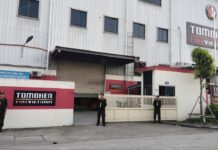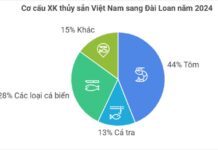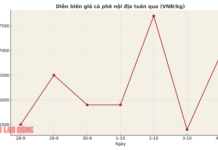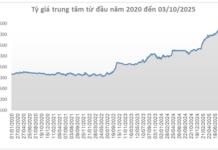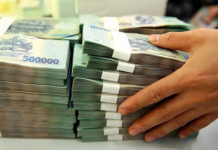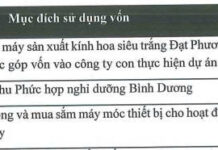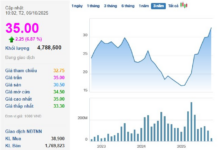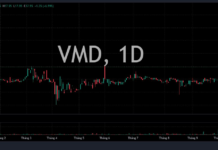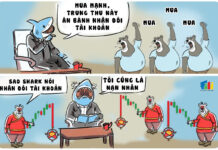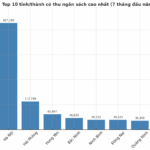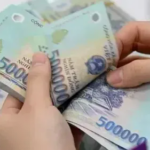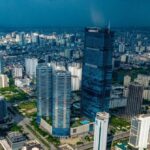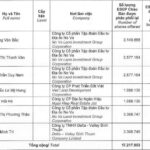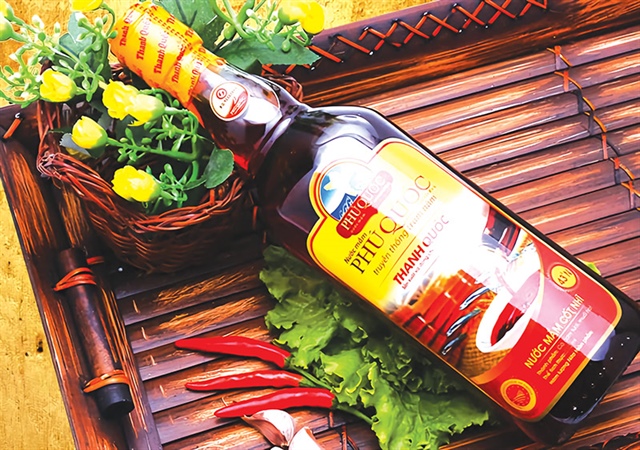
Vietnam boasts an array of exceptional local products such as Phu Quoc fish sauce and ST25 rice… |
One April afternoon in Kobe, Japan, my family and I decided to try the famous Kobe beef, a delicacy synonymous with the region. Despite the restaurant being located on the sixth floor of a building, eager diners queued from early morning. Fortunately, as we arrived before 11 am, we didn’t have to wait long.
The service was straightforward; tables were shared between approximately eight people, and a chef grilled the meat directly, serving it in portions. Surprisingly, my baby was extremely well-behaved, allowing my husband and me to fully savor the incredibly tender and flavorful beef, which was so soft that it ‘melted in the mouth’. A 150-gram portion of Kobe beef, accompanied by salad, a small bowl of rice, miso soup, stir-fried vegetables, and a drink, cost around VND 700,000 – a brief yet memorable experience lasting just over 30 minutes.
On our way out, we had to squeeze past a long line of patients waiting in the small, crowded lobby. Despite the high demand, the interior was simply decorated. Perhaps they understood that the only thing that needed to stand out was the quality of the meat.
Kobe beef: more than just a cut of meat, it’s an icon
Kobe beef is a premium brand of Wagyu beef, produced exclusively in Hyogo Prefecture from Tajima-gyu cattle. Its value lies not only in its exquisite flavor but also in its stringent inspection process and geographical indication protection mechanism.
To earn the Kobe label, the beef must meet a series of stringent criteria, including specific breed, region of origin, meat quality score between 1 and 5, and a Beef Marbling Standard (BMS) score between 1 and 12. Only about 3,000 cattle that meet these standards are slaughtered each year, making the supply even more exclusive.
Kobe beef is renowned for its sweet taste, tender texture, and beautiful marbling resembling marble. Besides being delicious, it is considered healthier than regular beef due to its high content of monounsaturated fatty acids and omega-3. Its value is further enhanced by special farming techniques, sometimes regarded as ‘secret’, which contribute to its unique flavor and structure that cannot be replicated.
The scoring is based on meat quality (assessing marbling, meat color, fat color, brightness, and texture) and yield (the ratio of meat mass to total body weight). Meat quality is scored from 1 to 5, with 5 being the highest, and yield is classified as A, B, or C, with A being the best. In Japan’s meat classification system, each carcass is assigned one of 15 grades, with A5 being the highest and C1 the lowest.
In Japan, a 150-gram serving of Kobe beef at a restaurant costs approximately VND 600,000-1,200,000, depending on the type and grade. If purchased from a retail store, the price can reach VND 3-5 million per kilogram. Overseas, Kobe beef prices can be several times higher, especially when served in upscale restaurants.
This meticulous, consistent, and transparent quality control has earned the near-absolute trust of global consumers. The mere mention of ‘Kobe beef’ evokes a sense of unparalleled excellence.
Rice and fish sauce: high-quality but challenging for global consumption
Back in Vietnam, we have numerous high-quality products like Phu Quoc fish sauce, ST25 rice, and Buon Ma Thuot coffee. However, introducing these products to the international market is not without challenges, primarily because they are not easily adaptable for global consumption.
Take fish sauce as an example. Although considered the soul of Vietnamese cuisine and a symbol of our culinary heritage, fish sauce has a strong flavor and unique usage that may be unfamiliar to foreigners. Despite being recognized by the European Union (EU) for its Geographical Indication, Phu Quoc fish sauce has yet to find its way into Western kitchens organically.
Similarly, Vietnamese rice, a significant export commodity, including the award-winning ST25 rice variety, faces stiff competition from other countries with their specialty rice types. Basmati rice from India, Japanese sticky rice, Italian Arborio, Carnaroli, and Vialone Nano rice for risotto, or Spanish rice for paella, are all deeply ingrained in their respective culinary cultures and domestic markets, making it difficult for Vietnamese rice to establish itself as a substitute. Additionally, not all foreigners know how to cook rice properly, leading to a less-than-ideal experience with the product, regardless of its quality.
This is a significant challenge. While we have excellent products with high cultural value, they lack global popularity and applicability.
When a product becomes an icon
In contrast, Kobe beef from Japan exemplifies how a local product can become a global culinary icon. Despite its high price and limited origin in Hyogo Prefecture, Kobe beef is embraced by diners worldwide.
The primary reason lies in its accessibility. Beef is a familiar ingredient to global consumers, and Kobe beef can be prepared in various popular ways, such as steak, burgers, or grilling, without requiring a change in taste preferences or cooking habits. Anyone can enjoy a delicious, tender, and juicy piece of meat with simple grilling. This friendliness has helped Kobe beef find its way onto menus in restaurants across Asia, Europe, and Latin America.
But it’s not just about convenience; Kobe beef also symbolizes absolute quality. Not all Japanese or Wagyu beef is Kobe beef, and global consumers are aware of this distinction. The near-absolute quality control, from the supply chain and evaluation process to the certification system, is the core factor that builds trust and brand value. By combining accessibility with a well-crafted brand strategy, Kobe beef has transcended its status as a mere food item, becoming a testament to the power of Geographical Indication and national branding.
What can Vietnam do?
For Vietnamese agricultural products to thrive in the international market, enhancing quality is necessary but not sufficient. It is equally crucial to ‘translate’ these products into the language of global consumers in terms of form, experience, and brand narrative. Vietnam should approach the market not just with a product-centric mindset but also with brand, cultural, and consumer trust strategies. Here are some strategic directions:
Translate the consumer experience: Make Vietnamese products more accessible to the international market through clear packaging, user-friendly instructions, and formats that cater to global tastes and consumption habits. For instance, ready-to-use fish sauce, rice with cooking instructions, and simple-to-use formats.
Build a national brand associated with quality: Invest in certification systems like Geographical Indications, ensure quality control until the point of consumption, and clearly communicate standards. Draw inspiration from the successes of Kobe beef, Wagyu, and Parmigiano cheese to instill trust and differentiate Vietnamese products.
Create cultural value and emotional connections: Share captivating stories about the origins, people, and regions; collaborate with international chefs and restaurants to include Vietnamese products on global menus. Promote culinary diplomacy not just to introduce dishes but also to spread our culture.
Vietnam is blessed with a diverse range of agricultural products. However, for these products to become national icons on the world culinary map, we need more than just quality. We need to tap into the habits and hearts of global consumers. The lesson from brands like Kobe shows that when products align with universal experiences, national brands become truly resilient.
Le Vu Van Anh (Lecturer in Intellectual Property Law, University of Durham, UK)
The Economic Powerhouse: Generating the Nation’s Highest Revenue Post-Provincial Merger
The initial figures from the 34 merged provinces and cities paint an intriguing picture of fiscal revenue trends. Ho Chi Minh City, bolstered by the inclusion of Binh Duong and Ba Ria-Vung Tau, has surged ahead to become the nation’s top earner, boasting an impressive revenue of over VND 465 trillion. Notably, a significant spike in land-related revenues has provided a substantial boost to the city’s coffers, presenting both opportunities and challenges in terms of market stability and efficient resource utilization.

